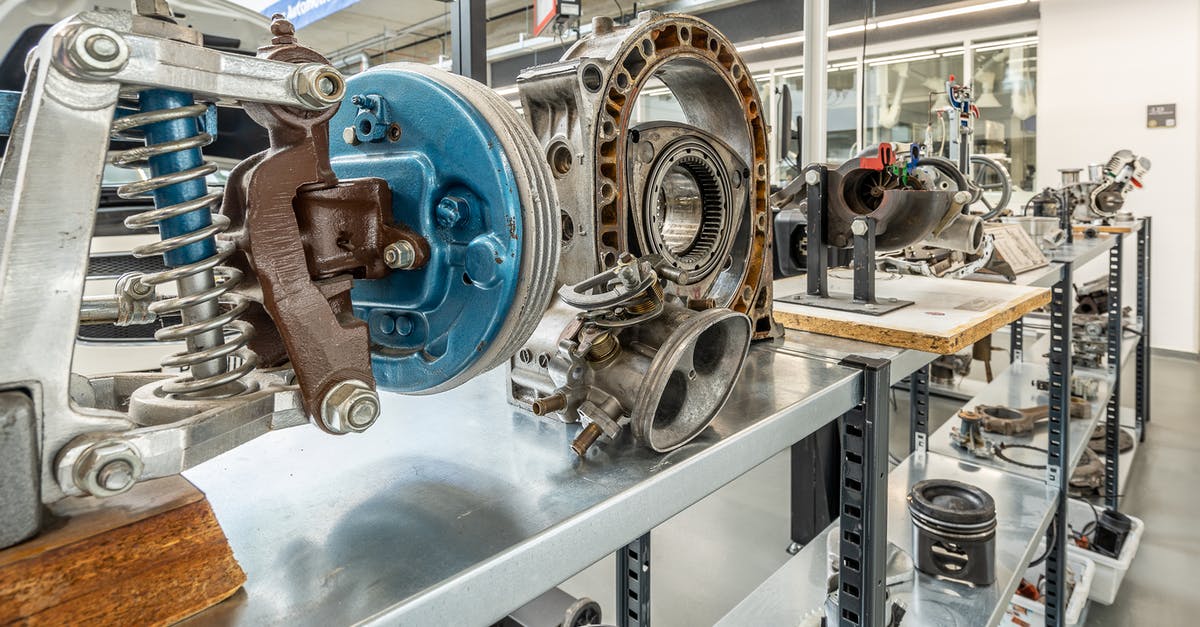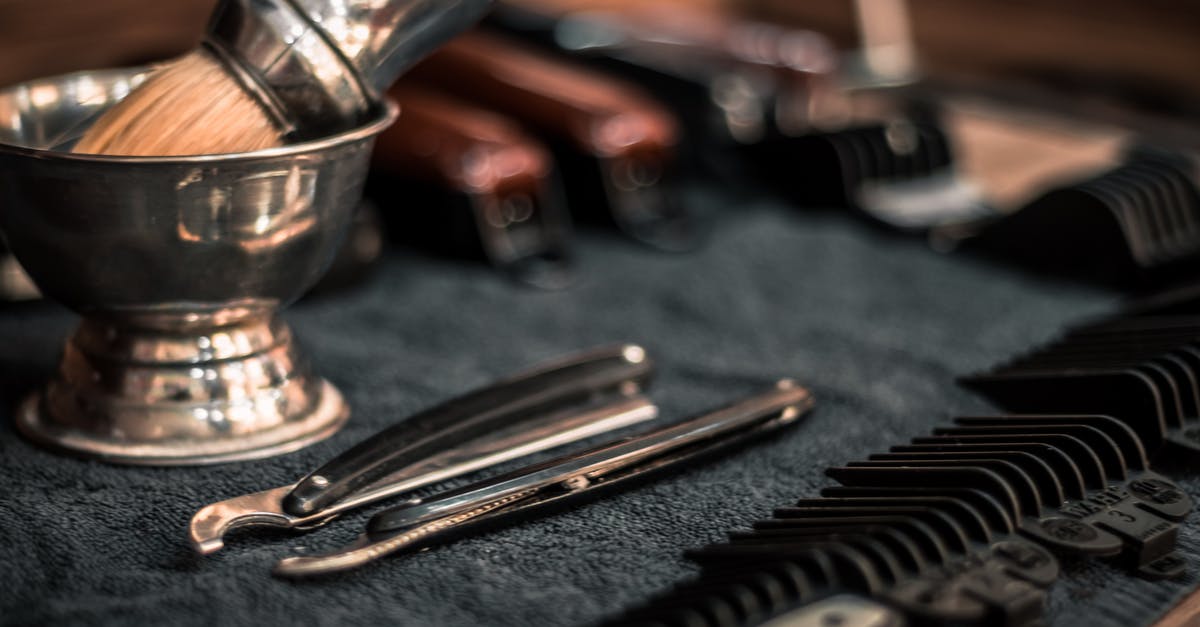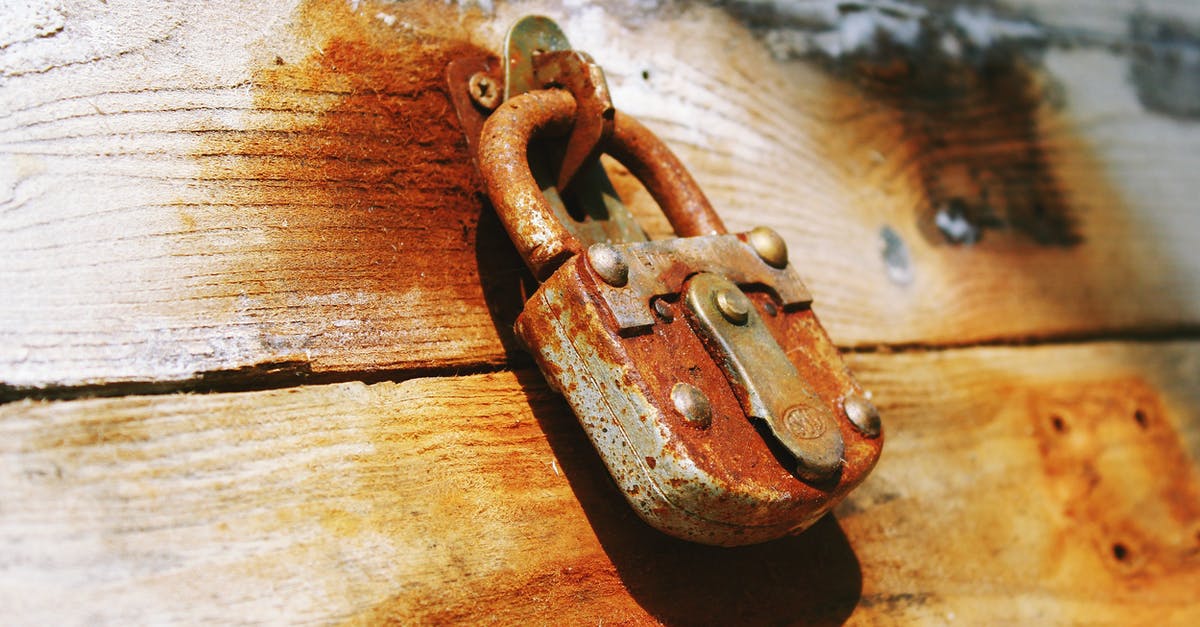Scratched Stainless Steel

I have a set of stainless steel pans that I absolutely love, and my 12" frying pan has received LOTS of use since I bought it. This is my first ever stainless steel pan and I'm pretty aware of all the ways to clean it (deglazing, barkeeps friend, etc). Recently, my wife purchased some scotch-bright heavy duty sponges with good intentions but I didn't realize exactly how "heavy duty" they were. I was washing my frying pan one night and used the scouring side of the sponge to get some stuck on grease and I noticed that I actually scratched my pan. The scratches don't look very deep, but I'm a little concerned.
Will these scratches damage the pan and reduce it's life? Should I stop using the scouring side of the sponges on my stainless steel?
Best Answer
This is quite common and pretty harmless. The scratches you see don't go very deep, nor are they very wide. My All-Clad saute pan is nearing 10 years old and has a ton of micro-scratches on the interior. It still performs beautifully.
That said, the scratches can grab onto proteins and cause sticking. However, this is simple to prevent with both oil and proper pan preheating.
When a pan is preheated properly the metal expands, essentially closing all of the micro-scratches. This prevents the proteins from grabbing onto them and getting stuck. You obviously need oil/fat to assist with this as well.
To properly heat a pan to the appropriate temperature I suggest using the water drop method. If you put a cold pan on heat and drip a drop of water onto it, the water will sit there for several seconds then boil away. As the pan gets warmer this will happen more quickly, fizzling away in a second or so. Once the scratches start to close something weird happens.
First, the drop of water will break into a few mini drops which scoot around the pan as they evaporate. This is a sign that you are almost there. When the drop of water stays whole (mostly) and scoots around the pan like a mercury ball, this is the perfect temperature. I the water instantly vaporizes on contact, you've gone way too far and need to let the pan cool down. At this point you should add your oil/fat, swirl it around, and immediately add your food. (Make sure the mercury ball of water is gone before adding oil).
Also note that the mercury-ball phase is definitely too hot for unclarified butter, and may be too hot for some extra-virgin olive oils. They may instantly smoke upon adding.
Again, it's important to have your oil and ingredients in place (mise en place) before you start. It's quite easy to skyrocket past the mercury-ball phase if you have to open your oil, pour, and then season your ingredients.
Pictures about "Scratched Stainless Steel"



Quick Answer about "Scratched Stainless Steel"
You can use mineral oil, vegetable oil, or even olive oil. Rub the cloth against the steel, in the direction of the grain, to polish the metal. Add more oil as necessary. Continue rubbing until the entire surface has been polished.How do you remove stainless steel scratches?
Use a non-abrasive compound such as Bar Keeper's Friend or Revere Stainless Steel and Copper Cleaner. (In a pinch, you can even use whitening toothpaste). If you're using a powdered stainless steel scratch removal compound, add enough water\u2014a few drops at a time\u2014to create a paste roughly the consistency of toothpaste.The Best Way to Remove Scratches from Stainless Steel
More answers regarding scratched Stainless Steel
Answer 2
I don't think you can appreciably reduce the life of a pan that way. I have a pan I've been scrubbing for 16 years and it's just fine.
Sources: Stack Exchange - This article follows the attribution requirements of Stack Exchange and is licensed under CC BY-SA 3.0.
Images: Mike van Schoonderwalt, Nikolaos Dimou, Pixabay, Pixabay
